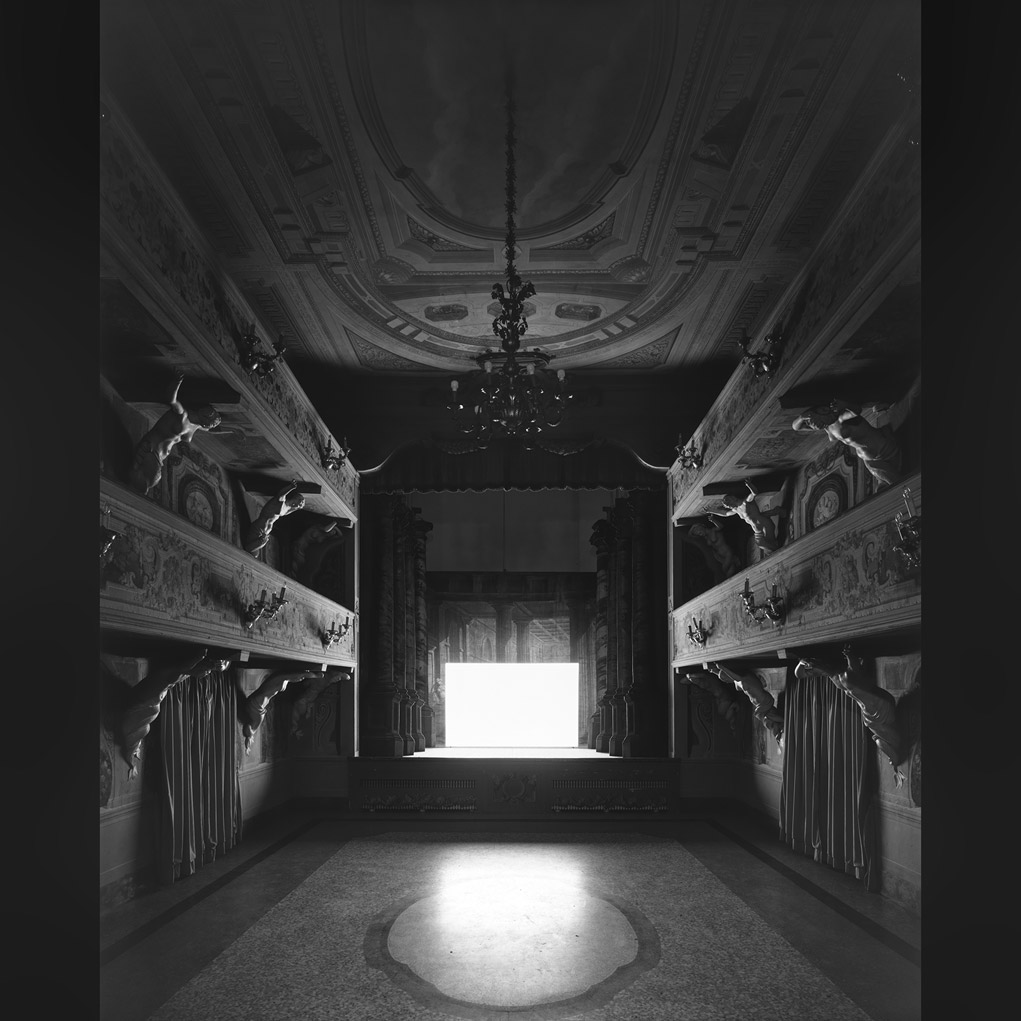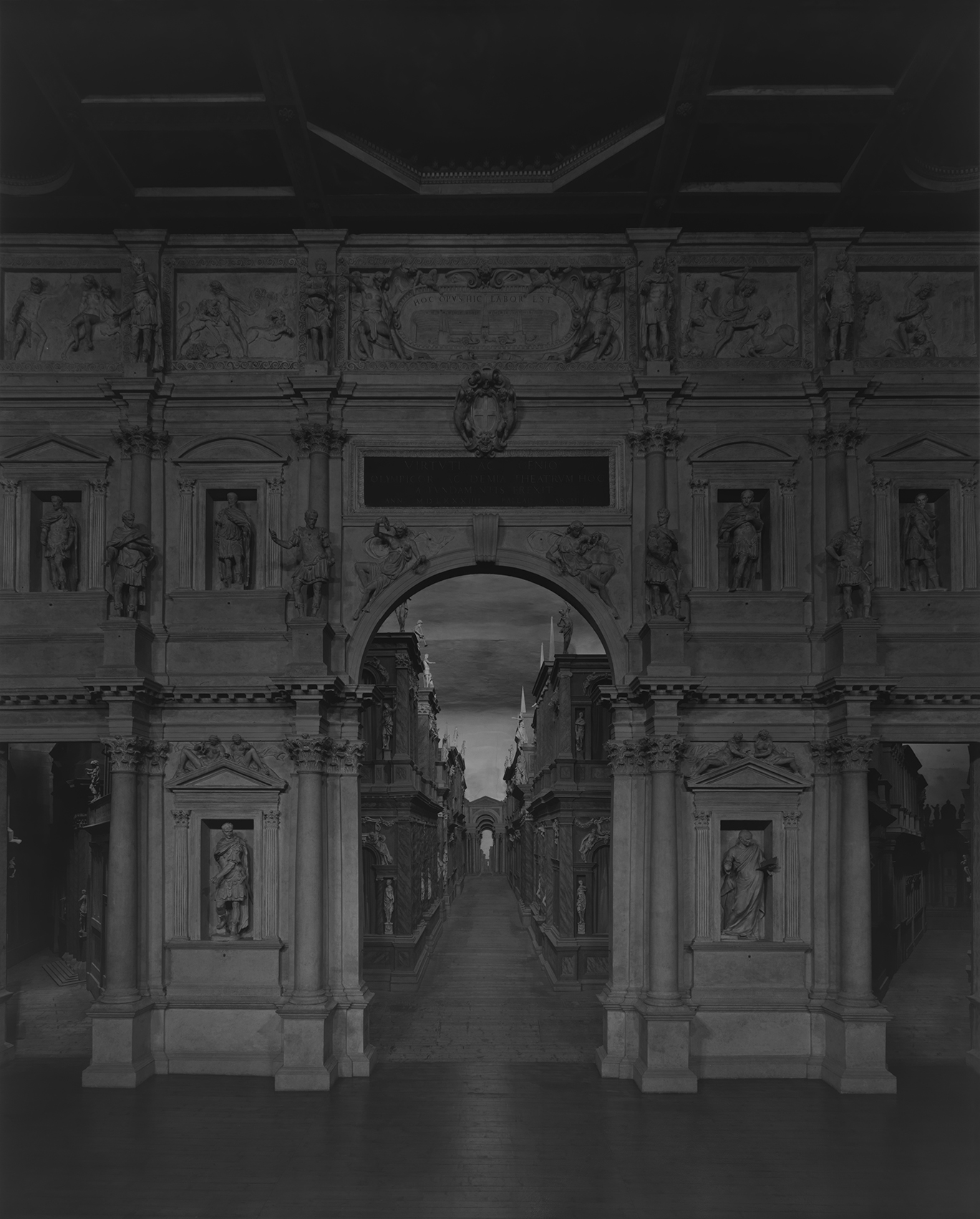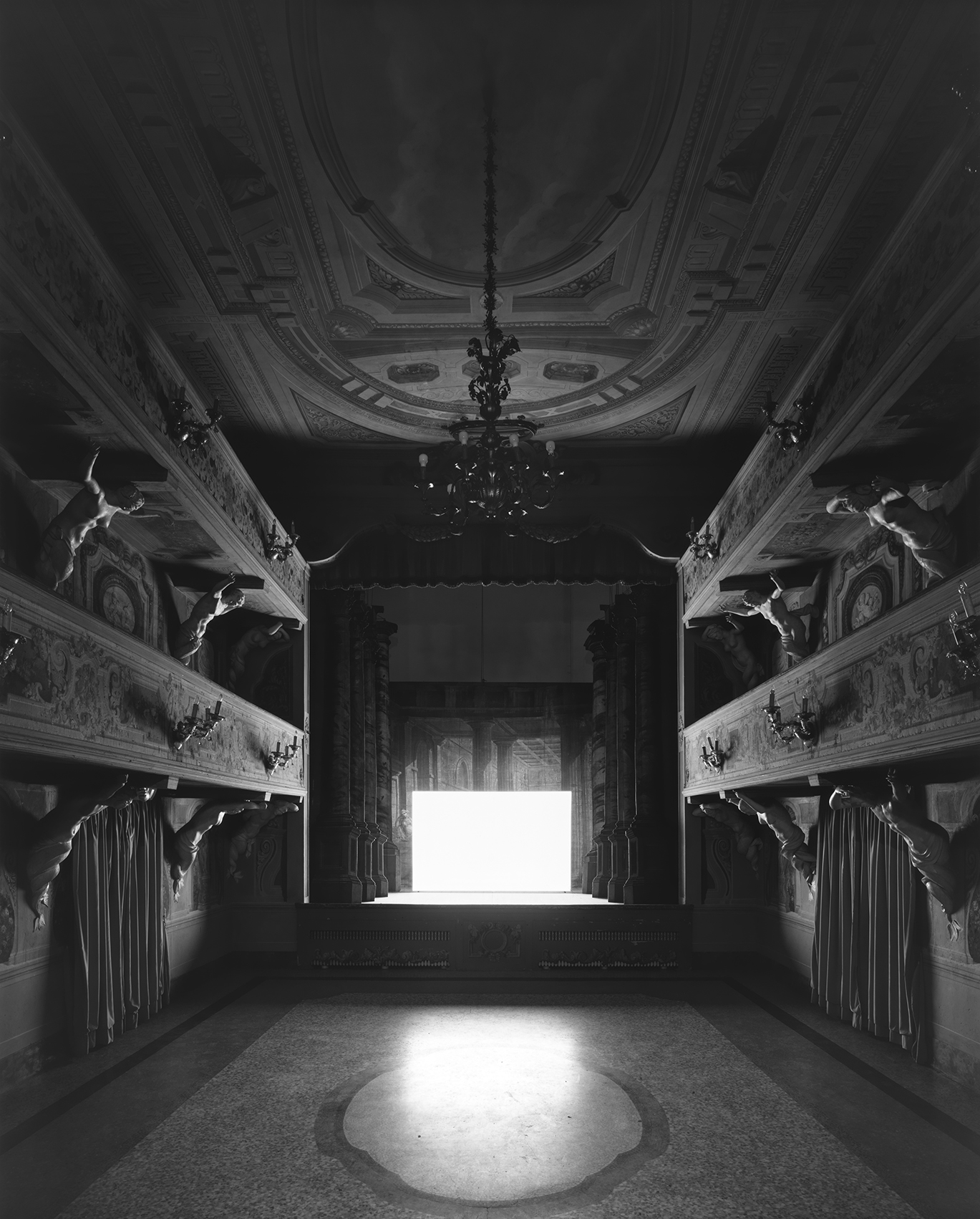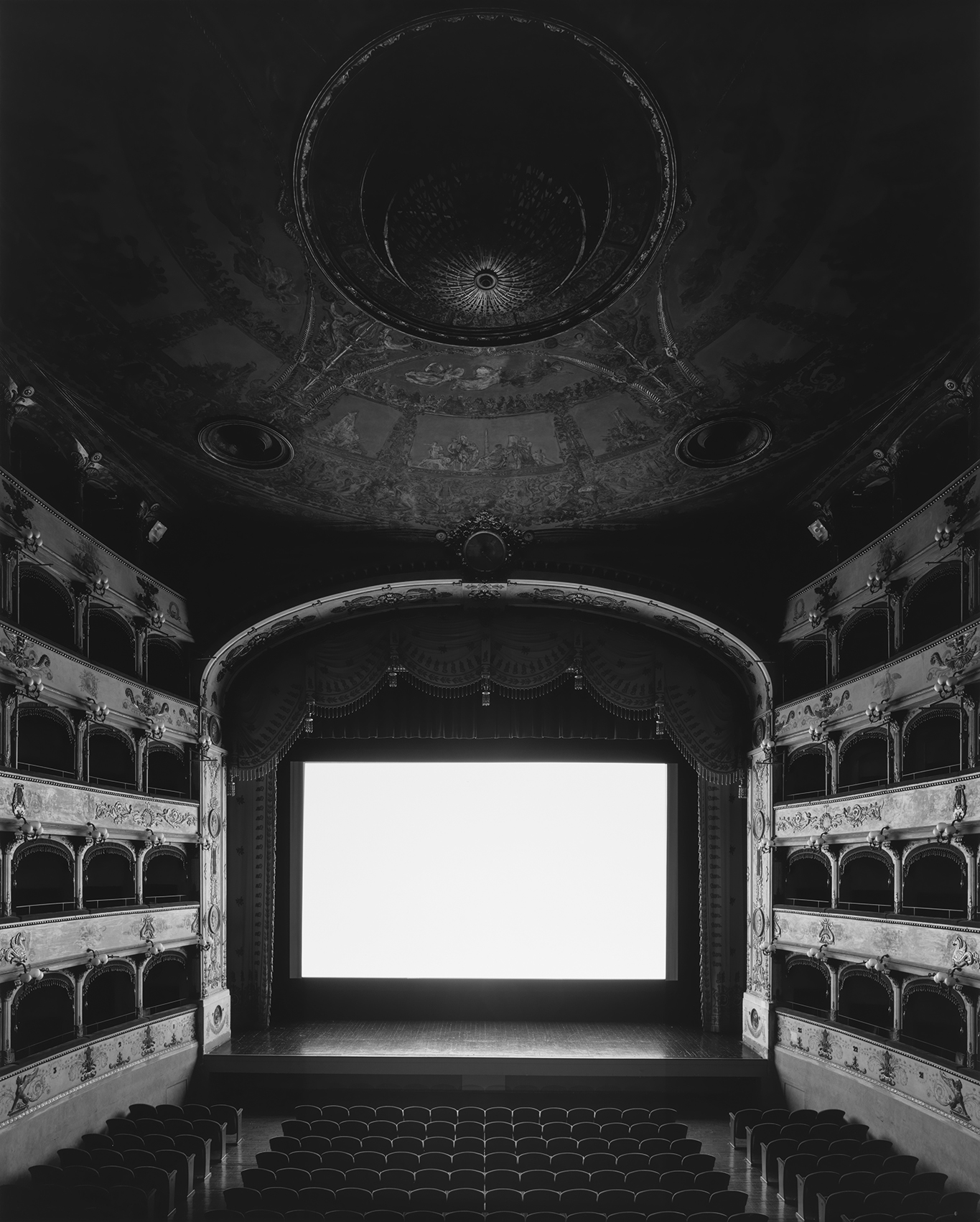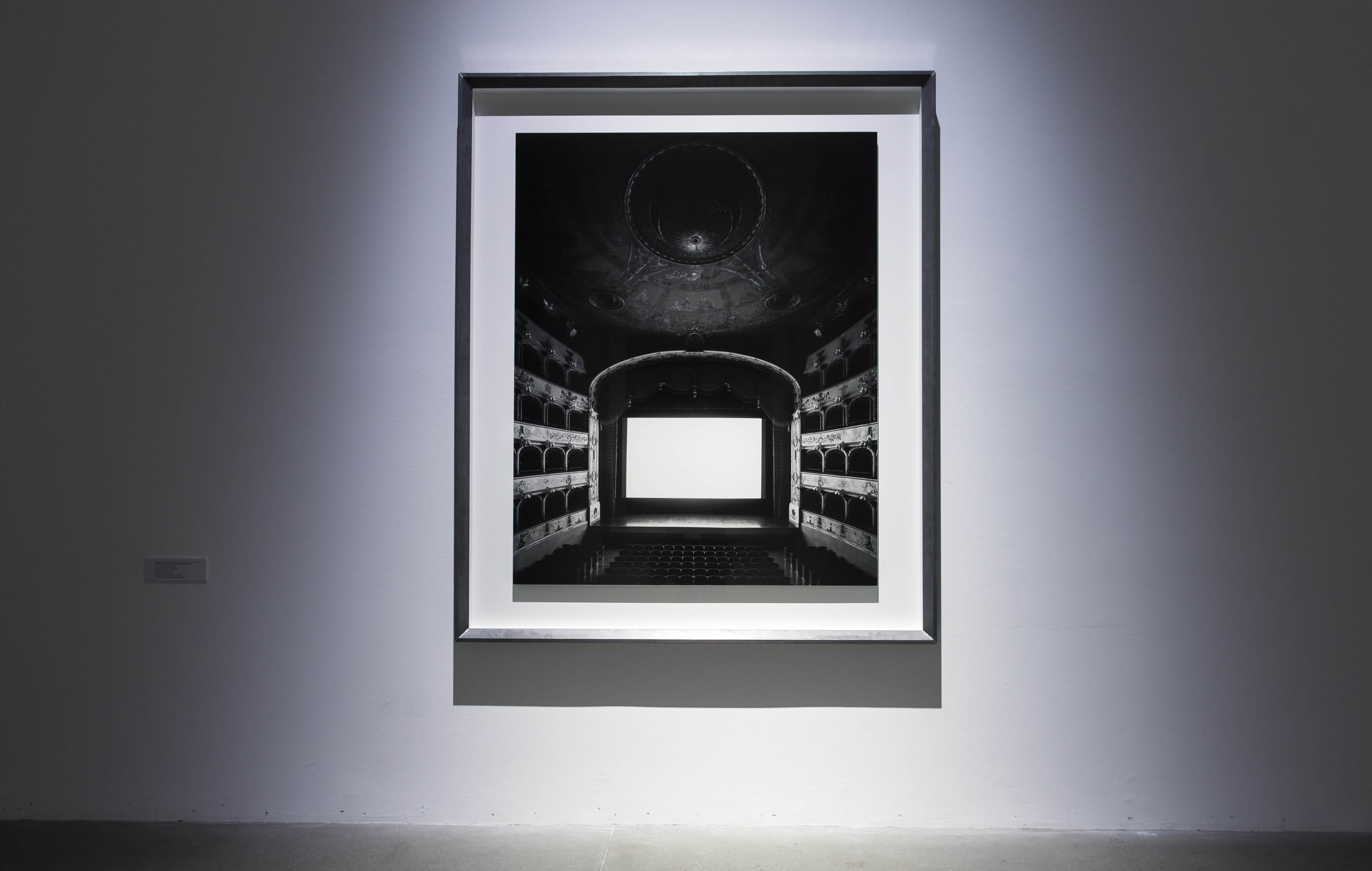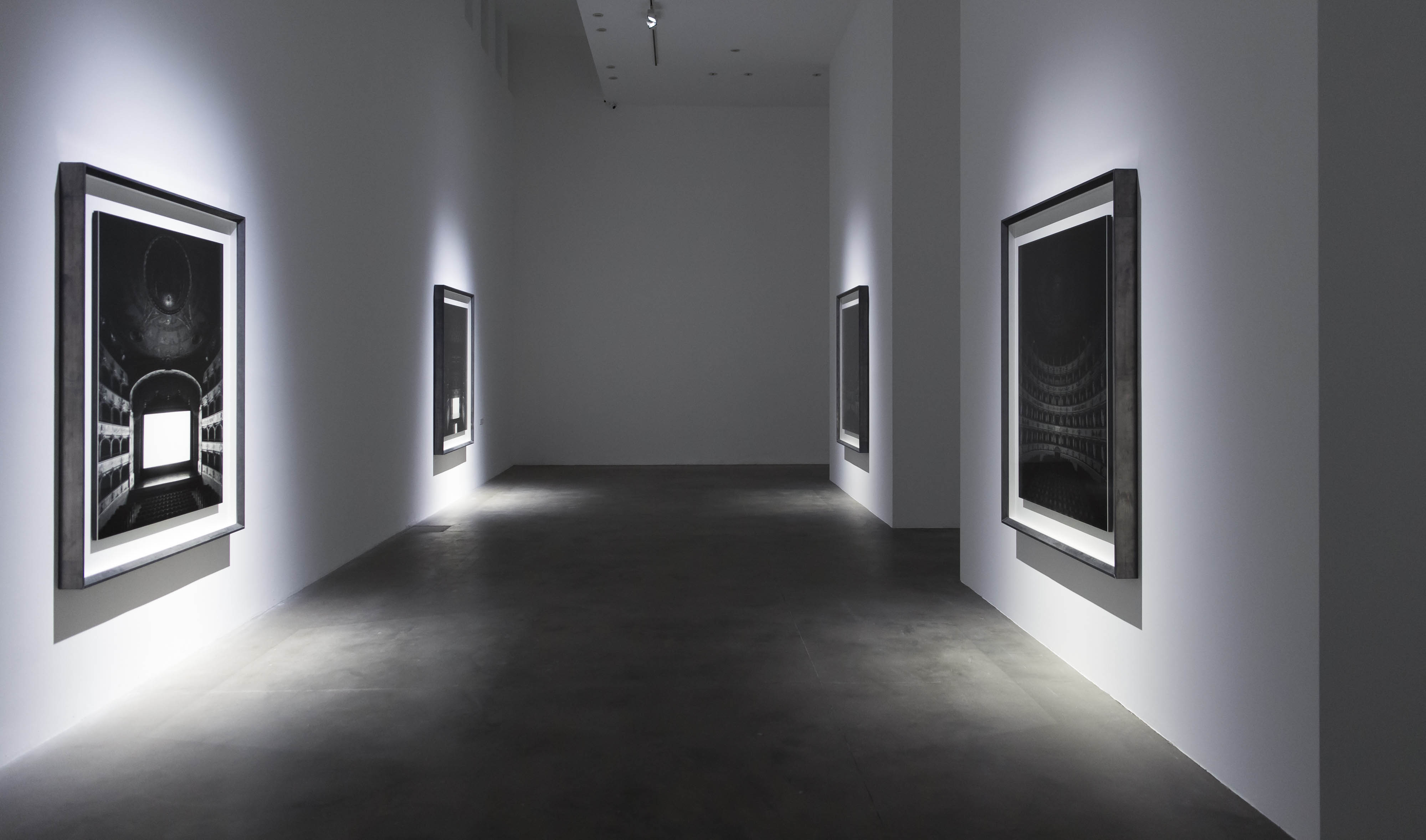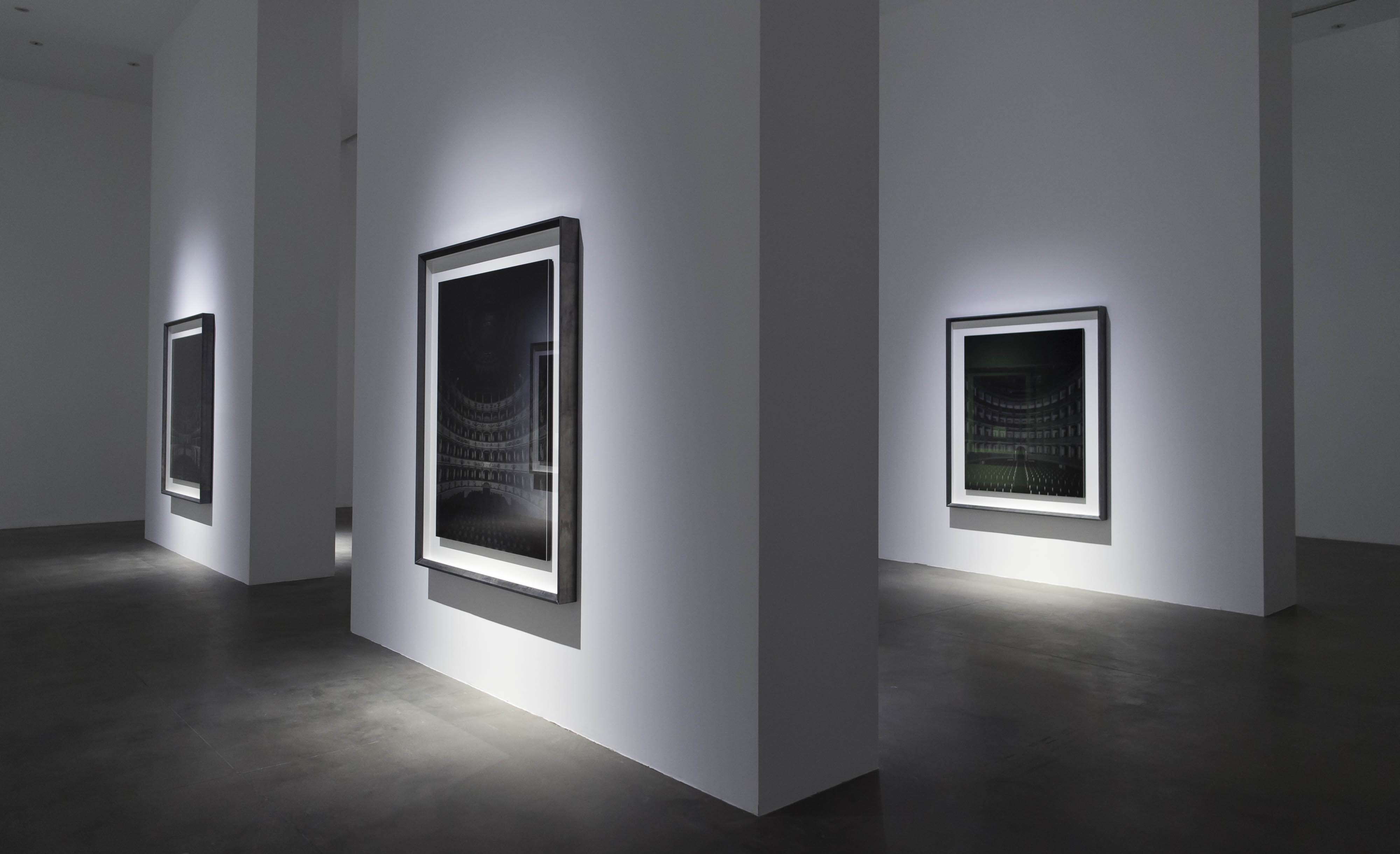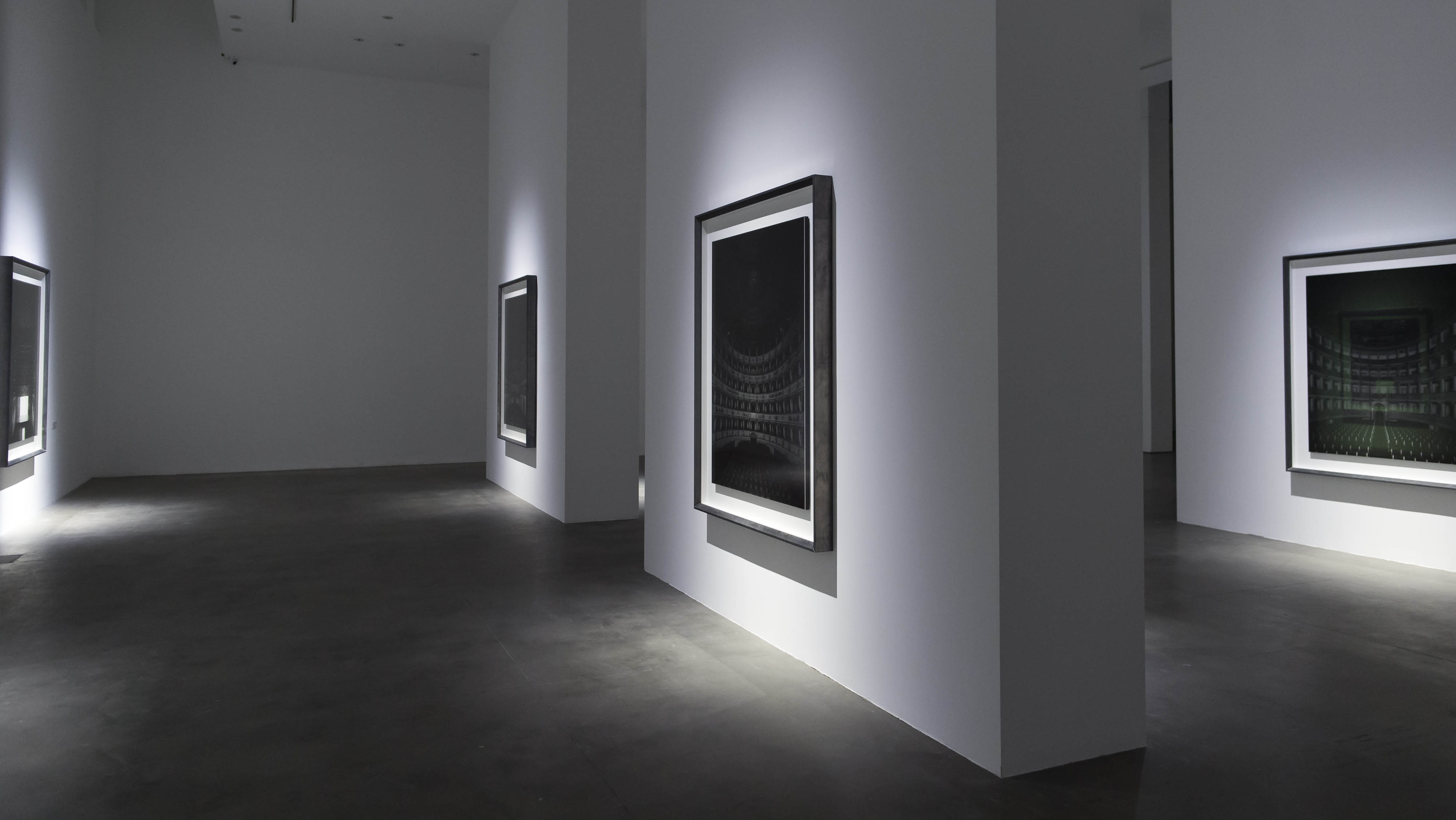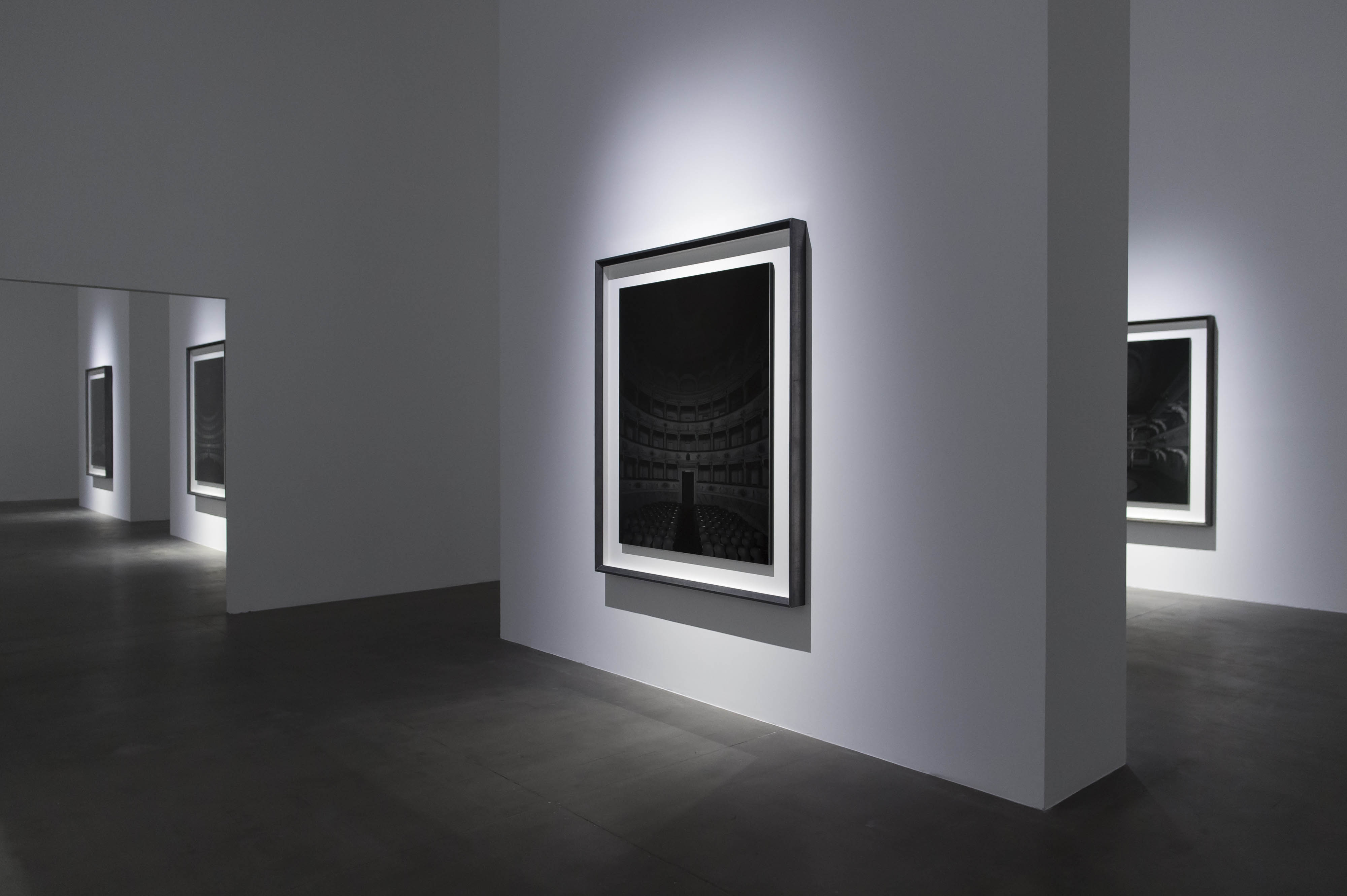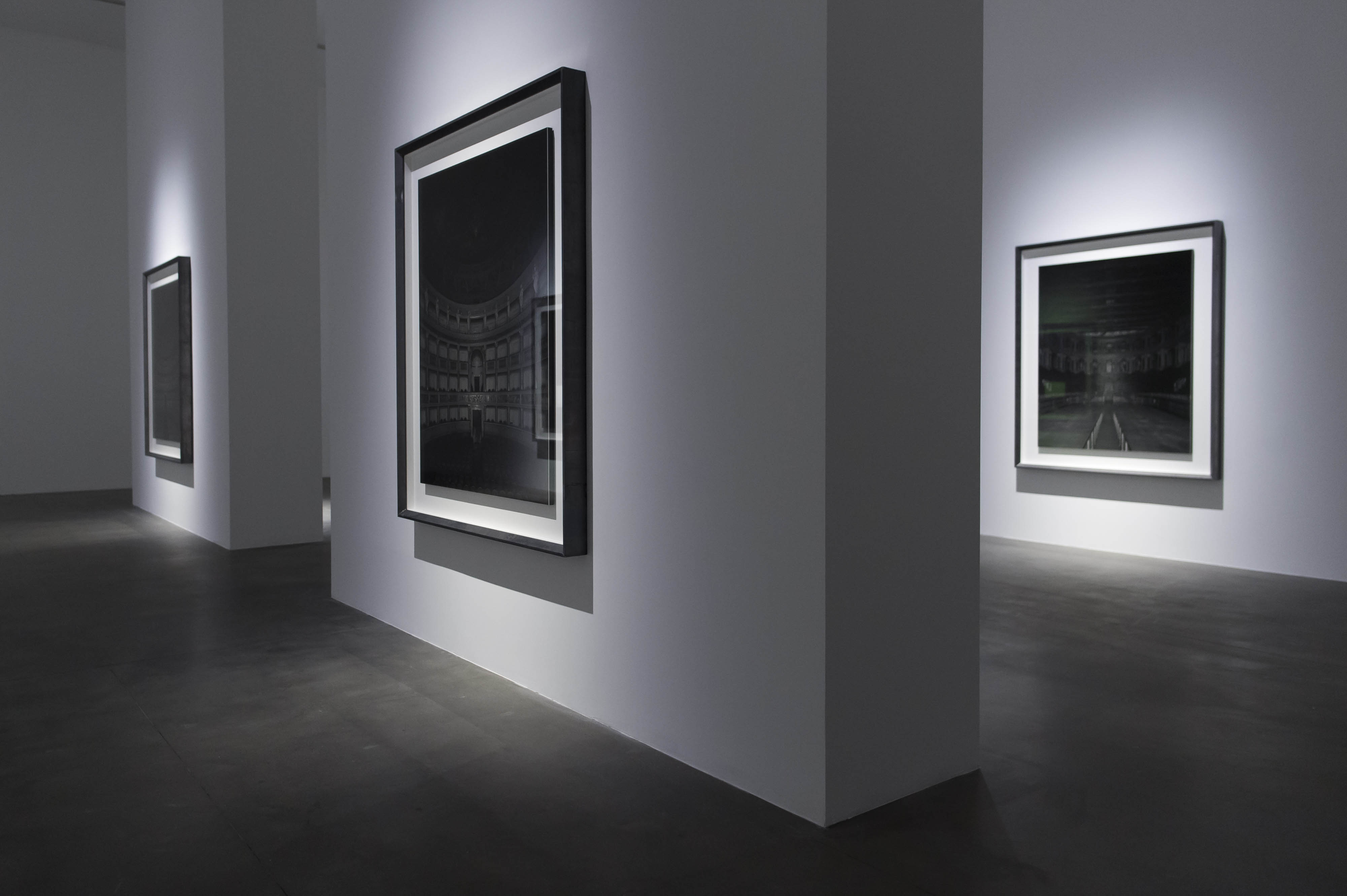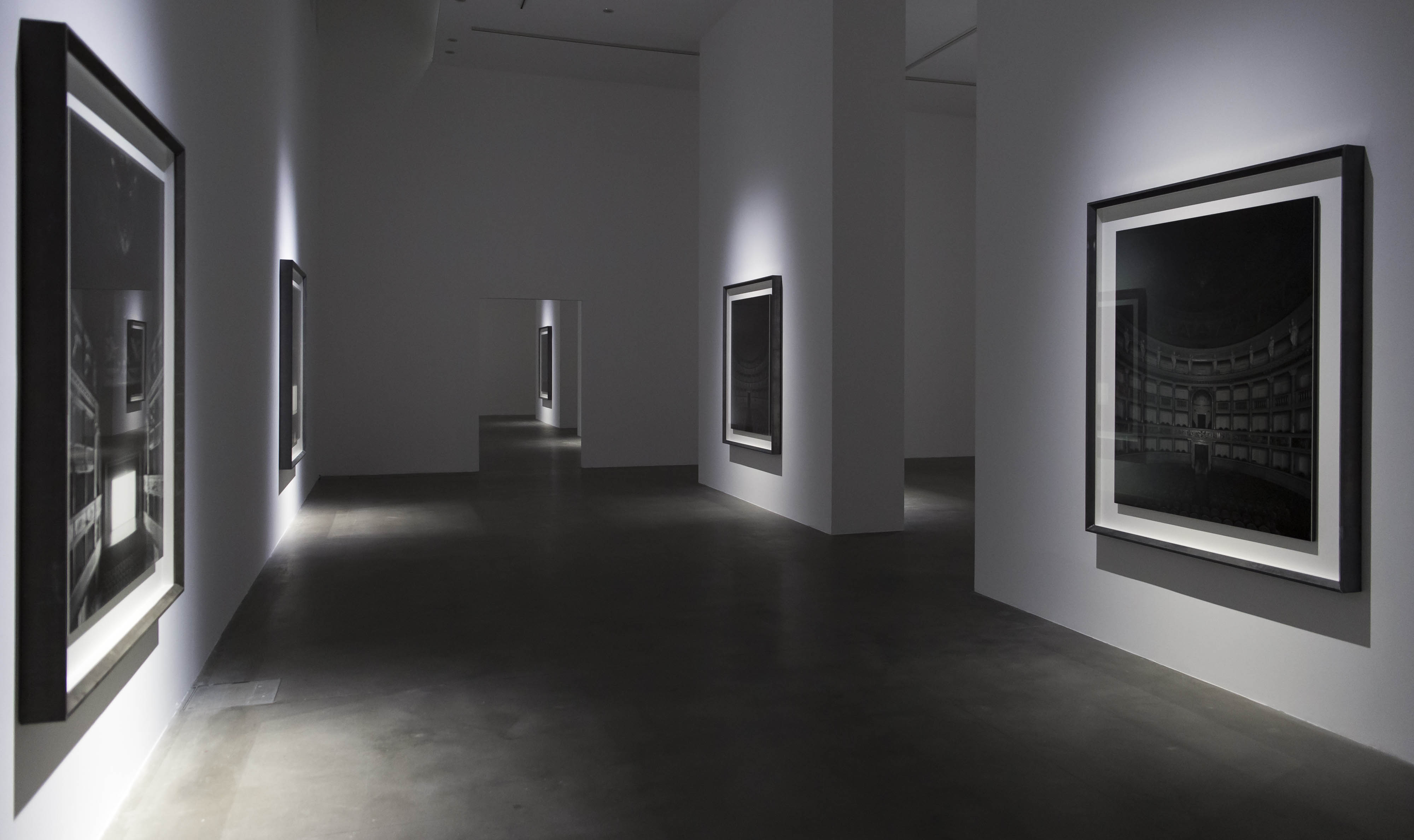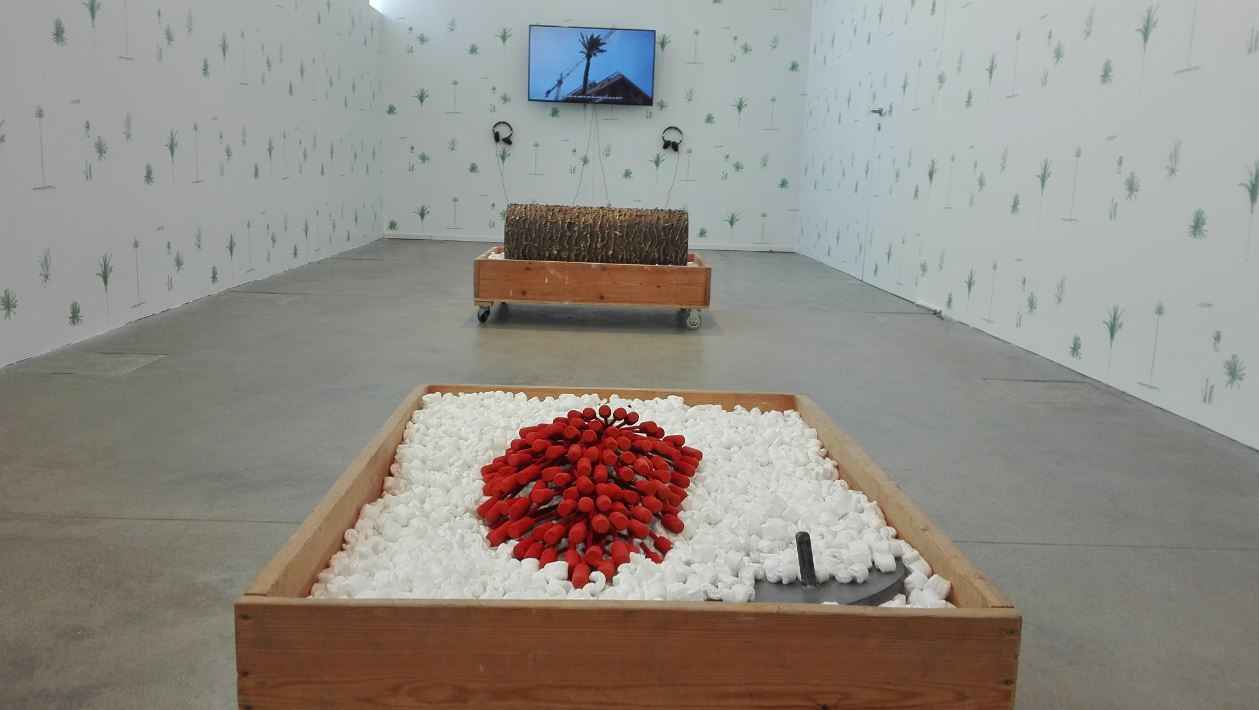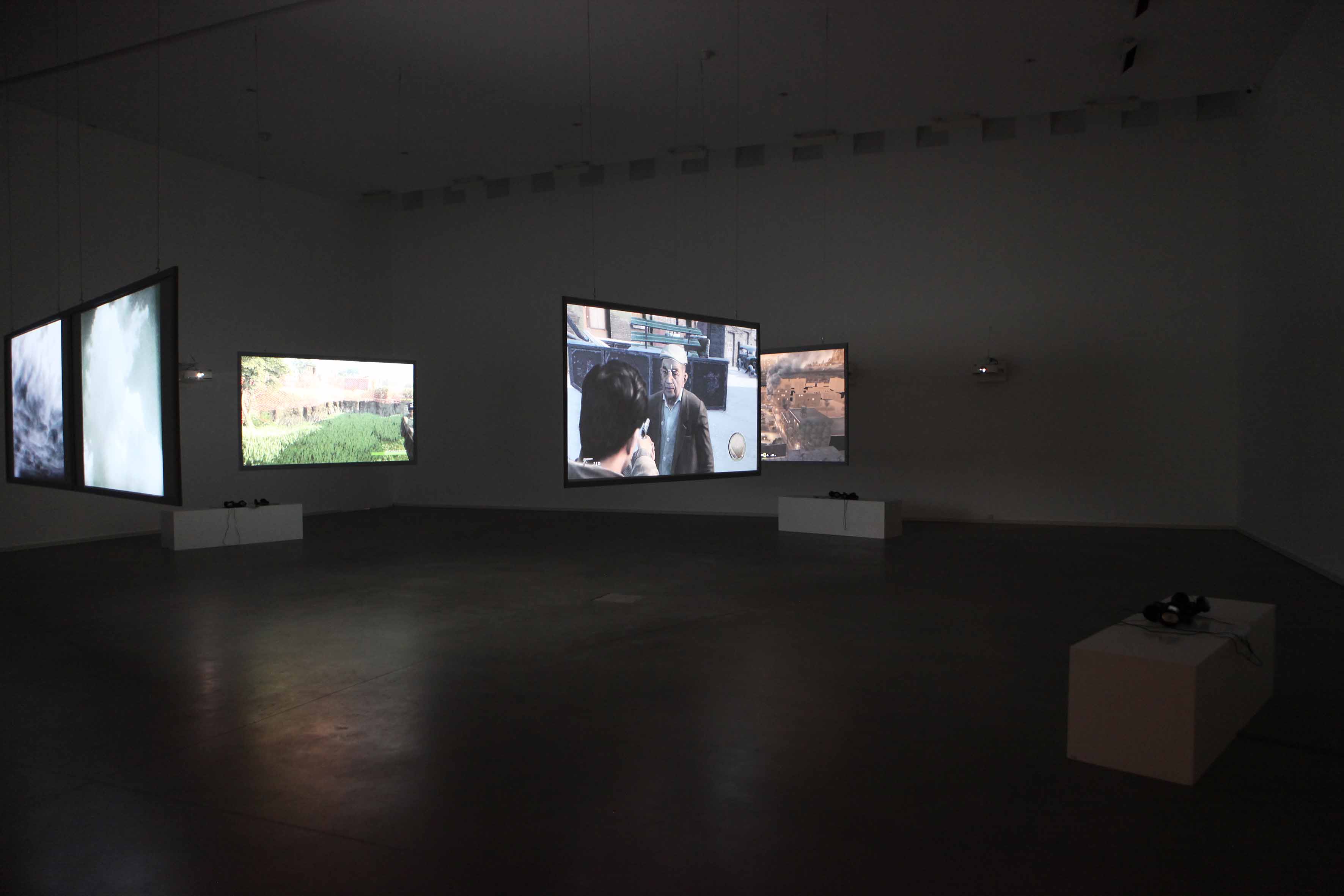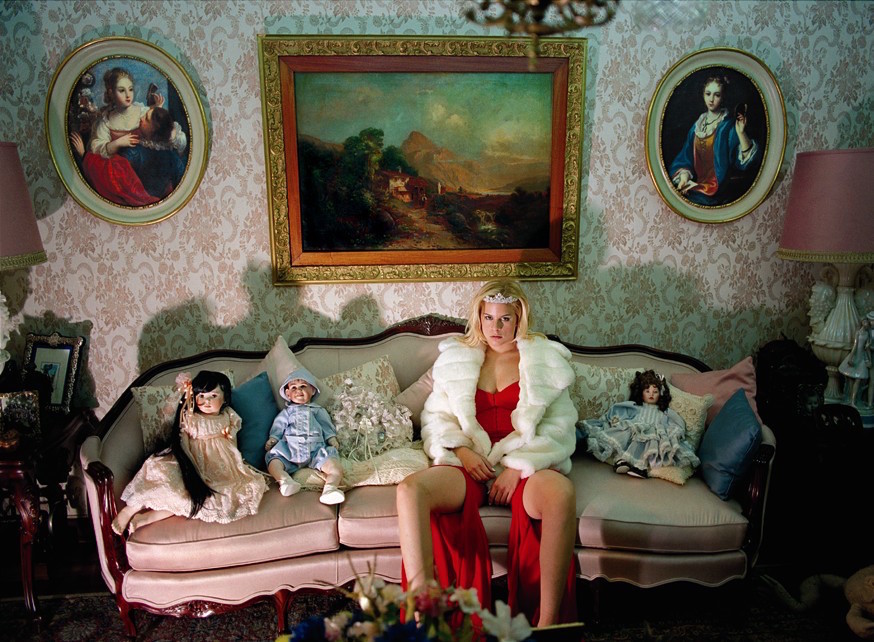From May 16 to October 1, 2017, Fondazione Sandretto Re Rebaudengo presents Le Notti Bianche, a solo exhibition of Japanese artist Hiroshi Sugimoto, curated by Filippo Maggia and Irene Calderoni. The show includes the international preview of a new photo series, devoted to Italian historical theaters, a continuation and development of Hiroshi Sugimoto’s research on theatrical and cinematic spaces.
The whole photo work of Hiroshi Sugimoto aims to explore the relationship between time and space, or better, the perception we have of this relationship, with the human eye as the camera that renders a version of it – clear and plastic, in the case of Sugimoto.
The inquiry moves from a simple question, almost a curiosity, which the Japanese artist asked himself towards the end of the Seventies: how to capture, in one single shot, the whole flow of images contained in a film, during a regular theater screening. The result is a dazzle-white screen lighting up the room which, for two long hours, has contained stories that have made the public dream. Sugimoto photographed first of all the 1920s and 30s film theaters, and subsequently moved on to the more elegant ones of the 1950s, right down to the drive-ins. In this way he contextualized his research, reviewing the evolution of the seventh art, from the revelation of it as a new artistic and cultural form of expression to film as a mass phenomenon, which is capable of not only producing enchantment, and at the same time alienation, in our everyday life, but also of communicating, by celebrating or criticizing.
Just like in his Seascapes, where the seas stand for a past that keeps regenerating and repeating itself, while increasing its life experience and History, here too Sugimoto delegates the audience (of his works, not of films) to adapt to the present time the memory contained in that magical blank space.
The previously unseen series of 20 works presented in Turin was entirely created in Italy, over the past three years, after a 12-year hiatus in the production of Theaters. For the first time ever, the audience and theater gallery, where the photo shoot was organized, are shown along with the illuminated screen. Among the photographed theaters we find Teatro dei Rinnovati, Siena; Teatro dei Rozzi, Siena; Bibiena’s Teatro Scientifico, Mantua; Ferrara’s Teatro Comunale; Teatro Olimpico, Vicenza; Villa Mazzacorati, Bologna; Teatro Goldoni, Bagnacavallo; Teatro Comunale Masini, Faenza; Teatro all’Antica, Sabbioneta; Teatro Sociale, Bergamo; Teatro Farnese, Parma; Teatro Carignano, Turin.
Exhibition realised with the contribution of Regione Piemonte
Media Partner: Rolling Stone
Rolling Stone is today an indispensable point of reference for contemporary pop culture, for the ability it has had to create cultural movements and influence both customs and politics, American and otherwise. Like a ‘rolling stone’, the magazine, which you can read and collect every month, is energy and talent in continuous evolution: the best photographers (from Anne Leibovitz to Richard Avedon), the most incisive pens (from Tom Wolfe's new journalism to the gonzo journalism of Hunter S. Thompson and Lester Bangs) have come out of Rolling Stone, and the graphic strength of its covers has marked the world publishing market. Every pop star - be it a singer, a director, a politician, whoever - cannot really be a pop star if his or her face has not first been on the cover of Rolling Stone. And those faces are and always will be part of our history. The Italian edition of Rolling Stone has a double mission: to interpret the times in which it lives and at the same time recognise and anticipate new trends. Rolling Stone is a brand in continuous evolution, a world that expresses itself not only every month through the in-depth articles in the pages of the magazine, but one that speaks different languages with its fans every day, one that dialogues non-stop from its site and its social networks with users and followers. In fact, Rolling Stone's community is in continuous and swirling growth, particularly smart and lively, moving from online to offline and participating incessantly in social activities on all the active platforms, from the site to Facebook, Twitter, Snapchat, Instagram up to Spotify, where Rolling Stone is the most important media.
